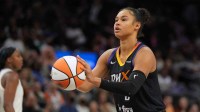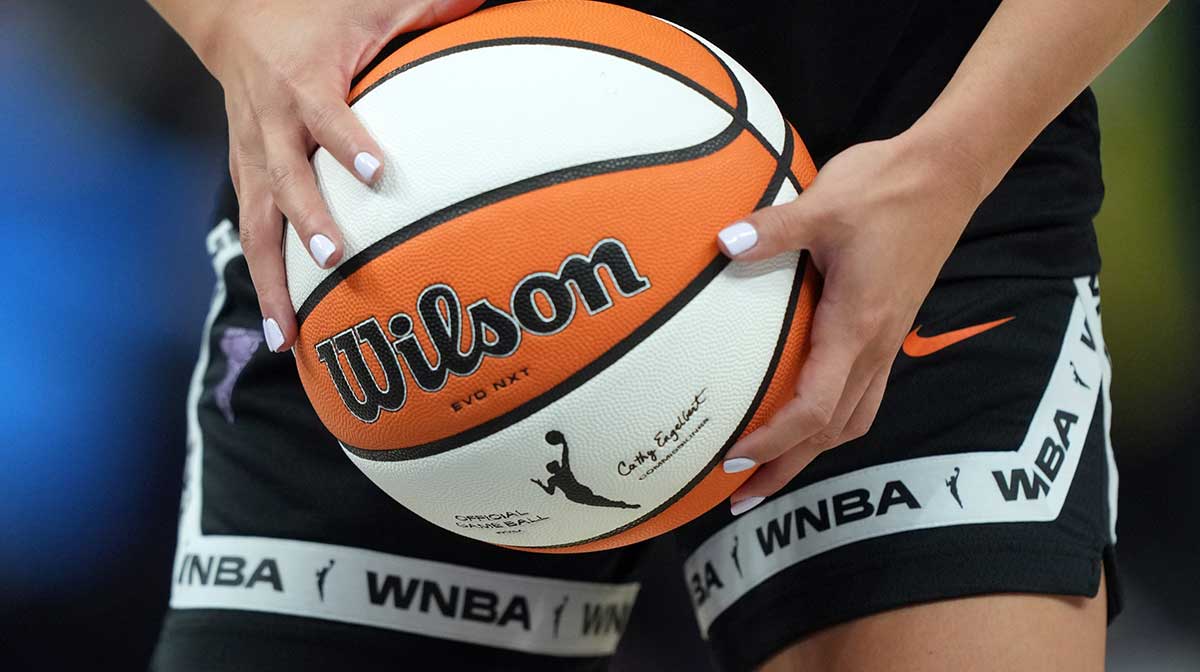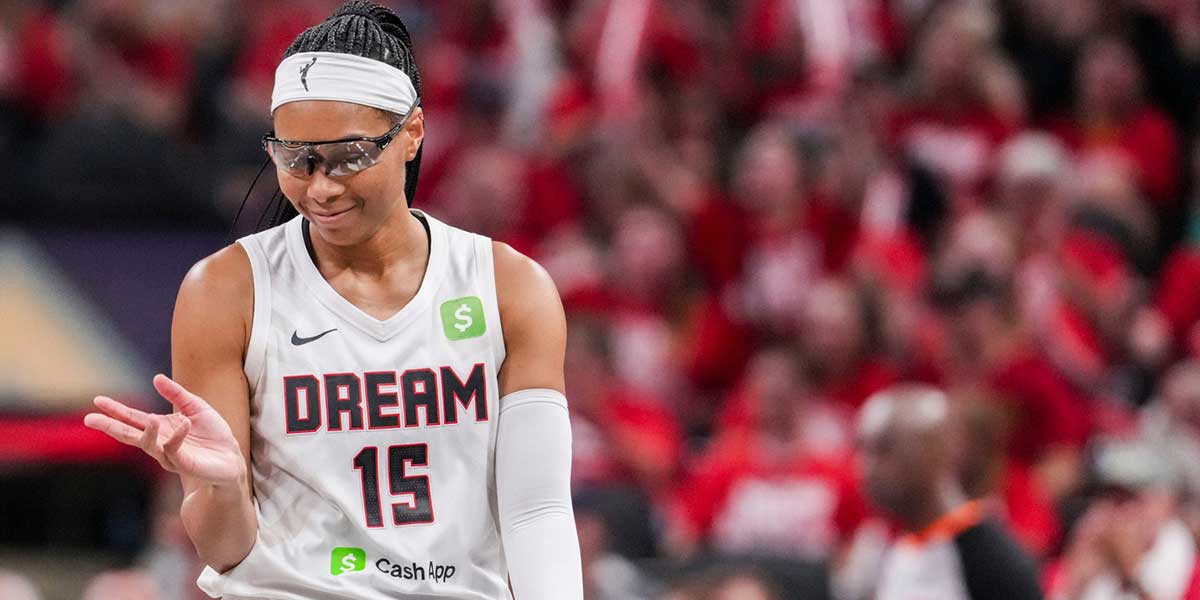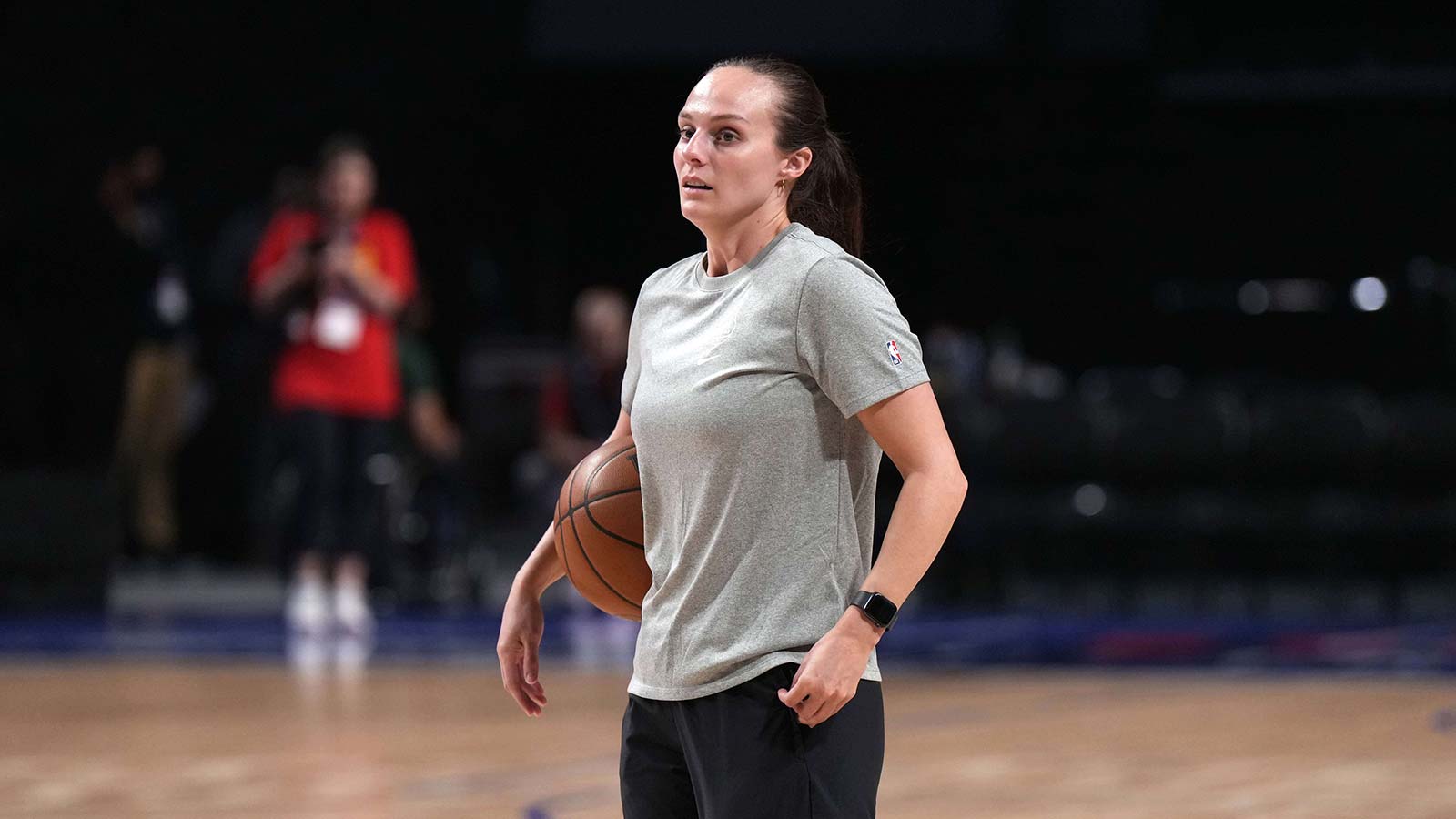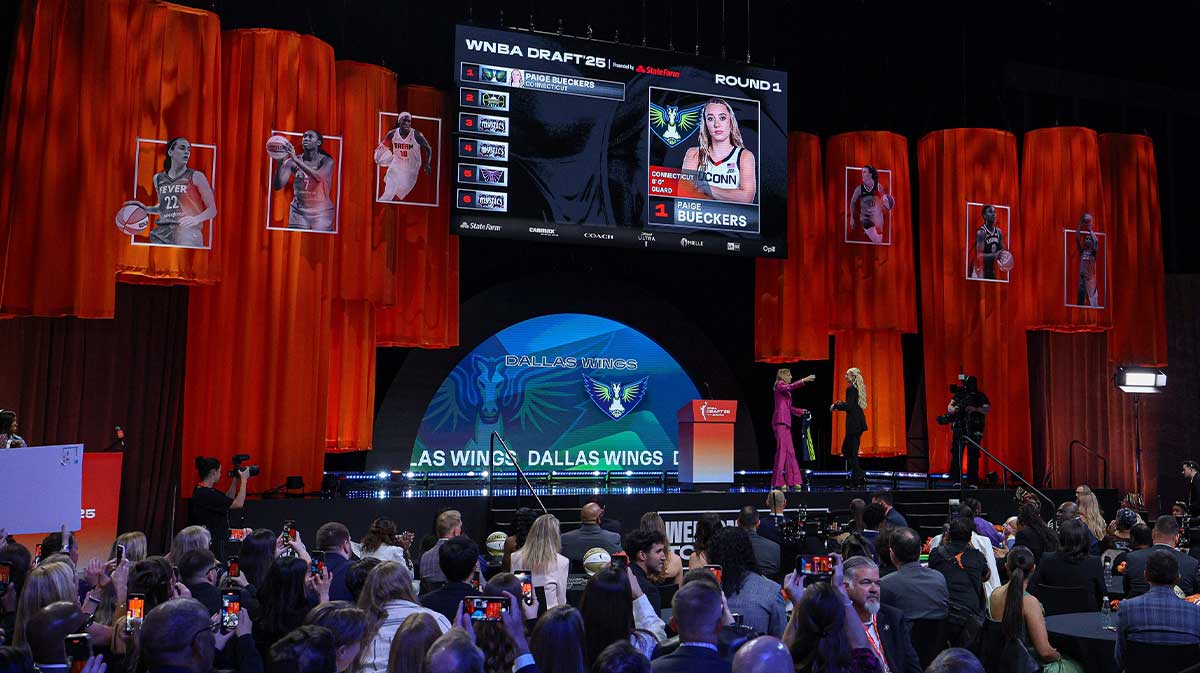As October 31 approached, the WNBA and the WNBPA (Women’s National Basketball Players Association) faced one of the most pivotal moments in the league’s 29-year history. After months of intense negotiations, public commentary, and rising tension between the two sides, the parties narrowly avoided an immediate expiration of their CBA (collective bargaining agreement) by agreeing to a 30-day extension through November 30. The short-term deal allows the sides to continue negotiations under the existing contract terms, buying time to reach a new long-term agreement.
This development, while temporarily averting a work stoppage, highlights deep divisions over issues of compensation, revenue sharing, player benefits, and the long-term structure of the league’s economic model. At a time when the WNBA is experiencing record growth in attendance, sponsorship, and visibility, the question of how that success should translate into player compensation and improved working conditions has become central.
Let's examine the current state of the negotiations and the significance of the short-term extension, exploring what happens now that the 30-day extension has been reached, the potential consequences if no deal is reached by November 30, the biggest issues keeping the sides apart, other key priorities being discussed at the bargaining table, and the critical steps that must occur before the 2026 season can begin. The outcome of this process will not only shape the next several years of the WNBA’s operations but could redefine the landscape for women’s professional sports as a whole.
What happens now
The WNBA and the WNBPA’s decision to extend the current CBA deadline to November 30 represents a temporary regroup rather than a resolution. In practical terms, the extension keeps the existing terms of employment in place for an additional 30 days while the two sides continue negotiations.
The most immediate impact of the extension is that the league has avoided an abrupt expiration of the CBA that could have triggered a player strike or league lockout. By agreeing to extend negotiations, the WNBA ensures that offseason operations, at least in the short term, can continue with minimal disruption. The players, in turn, retain access to salary payments, healthcare benefits, and other contractual protections that would otherwise have lapsed. This breathing room prevents instability while signaling both sides’ willingness to continue negotiating in good faith.
Under the extension, all provisions of the existing CBA remain in effect. Players will continue to receive salaries based on the 2025 pay structure, and teams will operate under the same salary cap, roster, and benefit rules that governed the previous season. For players currently under contract, this offers stability; for free agents or rookies, however, the extension prolongs uncertainty about how their compensation might change under a new agreement.
The short extension also creates a new sense of urgency. League officials and union representatives are expected to meet frequently throughout November to close the remaining gaps. Historically, extensions of this kind are used to finalize framework agreements already close to completion. However, given that WNBPA counsel has publicly stated that “a deal by the deadline was not going to happen,” it’s clear that significant issues remain unresolved.
Despite the continuation of normal business, the WNBA remains in a state of partial limbo. Teams, players, and sponsors are hesitant to make long-term commitments without knowing the terms of the new agreement. Offseason events like the draft lottery, free agency, and training camp planning are all dependent on clarity from the bargaining table.
Finally, the 30-day extension maintains public and internal pressure. Both sides must now negotiate under the watchful eye of fans, sponsors, and the media, who expect progress before the new November 30 deadline. In this sense, the extension is both a reprieve and a countdown. It delays the crisis while intensifying the expectation of resolution.
What happens if no deal comes after the 30-day extension
If the WNBA and WNBPA fail to reach an agreement by November 30, the league faces several possible outcomes, ranging from another short-term extension to the first lockout in its history.
The most optimistic scenario is that both sides agree to another short-term extension while continuing talks. This would prevent a lockout or strike, allowing the league to operate under the old terms while details are finalized. However, repeated extensions risk eroding public confidence and could frustrate players eager for long-promised change.
If negotiations collapse, the union could call for a strike, or the league could impose a lockout. A strike would see players refusing to report to training camp or participate in league activities; a lockout would prevent them from accessing team facilities or receiving pay. Both outcomes would jeopardize the 2026 season. For a league experiencing unprecedented visibility and sponsorship growth, a work stoppage would be a serious blow to momentum.
Even without a formal work stoppage, key league operations could stall. Free agency, the expansion draft, and the college draft may all be delayed if no CBA framework exists. The uncertainty would complicate roster building and hinder the league’s expansion plans, with new franchises needing clarity on roster and salary structures.
A prolonged impasse would likely damage the league’s reputation and relationships with sponsors, media partners, and fans. The WNBA has built a brand centered on empowerment and progress; a labour dispute risks tarnishing that image. Sponsors wary of instability may pause investment, and broadcasters could demand schedule flexibility that undermines visibility.
If the deadline passes without a deal, leverage dynamics could shift. The players may attempt to apply public pressure, arguing that the league’s financial growth should directly benefit its workforce. Conversely, the league may frame its position around fiscal prudence and sustainability. Either way, an expired CBA amplifies risk on both sides, especially with training camp only months away.
Ultimately, both parties are motivated to avoid this scenario. The WNBA’s continued expansion and rising media presence make stability crucial. However, with both sides firm on core issues, especially revenue sharing, the possibility of a stalemate remains real.
Biggest issues still separating the sides
At the heart of the negotiations are fundamental disagreements about how to distribute the league’s growing revenues, structure player compensation, and define the future of women’s professional basketball in the United States.
The biggest divide concerns how player pay should relate to league revenue. The WNBPA seeks a model similar to that of the NBA, in which players receive a fixed percentage of basketball-related income. The league, however, favors maintaining a fixed salary-cap model with limited revenue-based bonuses. Union leaders argue that the current structure “decouples” player compensation from the league’s success, effectively capping player earnings even as revenues rise.
Even aside from revenue sharing, the two sides disagree on base salary increases and maximum contract thresholds. The current CBA sets a supermax salary at approximately $250,000, which is far below what top players could command in other professional leagues. The players contend that with record attendance, media deals, and sponsorship growth, the league can afford meaningful raises across the board. The league counters that it must balance higher salaries with long-term financial sustainability.
Teams currently operate with just 11 to 12 active roster spots, which the union believes artificially limits opportunities for athletes and contributes to high roster turnover. The players want expanded rosters or the creation of two-way contracts to support player development and depth. The league cites cost and competitive balance as reasons for caution.
The WNBPA is pushing for expanded maternity benefits, improved travel accommodations, and stronger health protections. While the 2020 CBA marked progress in these areas, introducing full-salary maternity leave and upgraded travel policies, players argue that growth in league revenues should fund even better standards, including enhanced mental-health services.
A less visible but critical sticking point is financial transparency. Players want clearer access to league financial data to verify revenue figures that would determine future profit-sharing. The league, historically guarded about its finances, has resisted full transparency, citing competitive and proprietary concerns.
Even where the sides conceptually agree, like on incremental salary increases or benefit improvements, they remain divided on timing. The players want immediate implementation, while the league prefers phased rollouts tied to new media rights deals and revenue benchmarks.
Together, these issues underscore the fundamental tension in the WNBA’s current evolution: Balancing the financial realities of a still-maturing league with the players’ demand for compensation and working conditions reflective of their growing global stature.
Other priorities at the bargaining table
While salary and revenue sharing dominate headlines, several additional priorities are shaping the negotiations and could have far-reaching implications for the league’s future.
Many WNBA players supplement their income by playing overseas during the offseason. The players' union seeks greater flexibility and protection for these commitments, especially in light of injuries and fatigue resulting from year-round play. The league, however, aims to incentivize players to remain stateside during the offseason for marketing, training, and community engagement. The next CBA may include new insurance provisions or scheduling adjustments to balance these competing interests.
The WNBPA is advocating for expanded free agency rights, shorter service-time requirements, and stronger contract guarantees. Players argue that mobility promotes fair market value and competitive balance, while the league worries about destabilizing small-market teams. The issue mirrors trends across major professional sports, where players are increasingly asserting control over their careers.
With league expansion on the horizon, the next CBA must address how new teams will integrate talent and manage expansion drafts. The union wants assurances that new franchises will provide sustainable jobs and equitable pay. Provisions for developmental or “reserve” players may also be introduced to accommodate a growing talent pool.
As the WNBA signs increasingly lucrative media and streaming deals, players want guarantees that they will share in the resulting revenue. The union has also raised concerns about equitable marketing, ensuring that all teams and players receive adequate exposure rather than focusing promotion on a small subset of stars.
Beyond standard benefits, the WNBPA seeks enhanced family support, including expanded parental leave, improved childcare resources, and year-round healthcare. Players view these as essential to sustaining careers in a demanding, travel-heavy league.
Finally, the union continues to champion broader social-justice initiatives and community investments. The next CBA could include funding commitments to diversity programs, youth basketball, and post-career development opportunities. These reflect the WNBA’s role as a leader in athlete activism and gender equity in sports.
Each of these priorities contributes to the broader picture of what the players call a “transformational” CBA, one that not only improves pay but redefines the professional standards of women’s basketball.
What needs to happen for 2026 season to start
Regardless of how the negotiations conclude, a number of logistical and operational milestones must be achieved before the 2026 WNBA season begins.
Once the league and the union reach a tentative deal, the agreement must be ratified by both sides. WNBPA members will vote to approve or reject the proposal, while the league’s Board of Governors must also sign off. Only after ratification does the new CBA become binding.
A new CBA will likely require recalibrating salary-cap systems, contract templates, and benefits programs. Teams must adjust payroll structures and ensure compliance with any new rules on player compensation, bonuses, and roster limits.
Key offseason events — the draft lottery, free agency, and training camps — must be rescheduled if delayed during negotiations. Once the CBA is in place, the league can finalize its 2026 calendar, ensuring adequate time for player signings and team preparation.
The WNBA is in the midst of an expansion phase, with new franchises expected to join in the coming seasons. The new CBA must establish guidelines for expansion drafts, player movement, and integration of new teams into the salary structure.
If the next agreement includes new healthcare or maternity benefits, these must be operationalized before the season begins. That means coordinating with insurers, setting up administrative systems, and informing players and teams of the new rules.
The WNBA’s major media partners, including ESPN and Amazon, will need confirmation of the season schedule and player availability. Sponsors will likewise require assurance that the league’s labour situation is resolved before committing marketing budgets.
The WNBPA must communicate clearly with its members about how the new CBA affects contracts, compensation, and benefits. Players must be prepared to report to training camp under the new rules. Clarity and transparency will be essential to avoid confusion or disputes.
If negotiations remain unresolved or ratification is delayed, the league must prepare contingency plans, like a postponed start or a shortened season. While both sides hope to avoid this outcome, contingency planning ensures operational readiness in a volatile situation.
These steps underscore the urgency of reaching a deal quickly. Every week of delay compresses the offseason timeline and heightens the risk of disrupting the 2026 season.
The WNBA’s CBA negotiations stand at a crossroads between progress and peril. The 30-day extension reached on the eve of the previous contract’s expiration temporarily preserves stability but underscores how much work remains to bridge deep divides over revenue sharing, salary structure, and player welfare. For the players, this negotiation represents an opportunity to secure recognition commensurate with their contribution to a league in rapid ascent. For the league, it is a test of its ability to balance ambition with sustainability, ensuring that growth translates into both profitability and fairness.
If the sides can capitalize on the next 30 days to deliver a forward-looking, equitable agreement, the WNBA could enter its 30th season with renewed strength and unity. Such a deal would not only improve player conditions but also demonstrate that the league can set a global standard for women’s sports governance.
But if talks collapse and no agreement is reached by November 30, the league risks more than a delayed season — it risks eroding public trust and derailing its recent momentum at a moment of historic visibility. The next few weeks will therefore define not just the 2026 season but the future trajectory of the WNBA itself.
The story of this CBA negotiation is ultimately the story of the WNBA’s evolution — from a struggling start-up league to a flourishing professional institution with growing global impact. Whether that story continues upward depends on what happens between now and November 30.
The players have made clear that incremental change is no longer enough. The league, in turn, must decide whether it is ready to match the players' ambition. One way or another, the outcome will mark a turning point for women’s basketball and perhaps for women’s professional sports as a whole.


